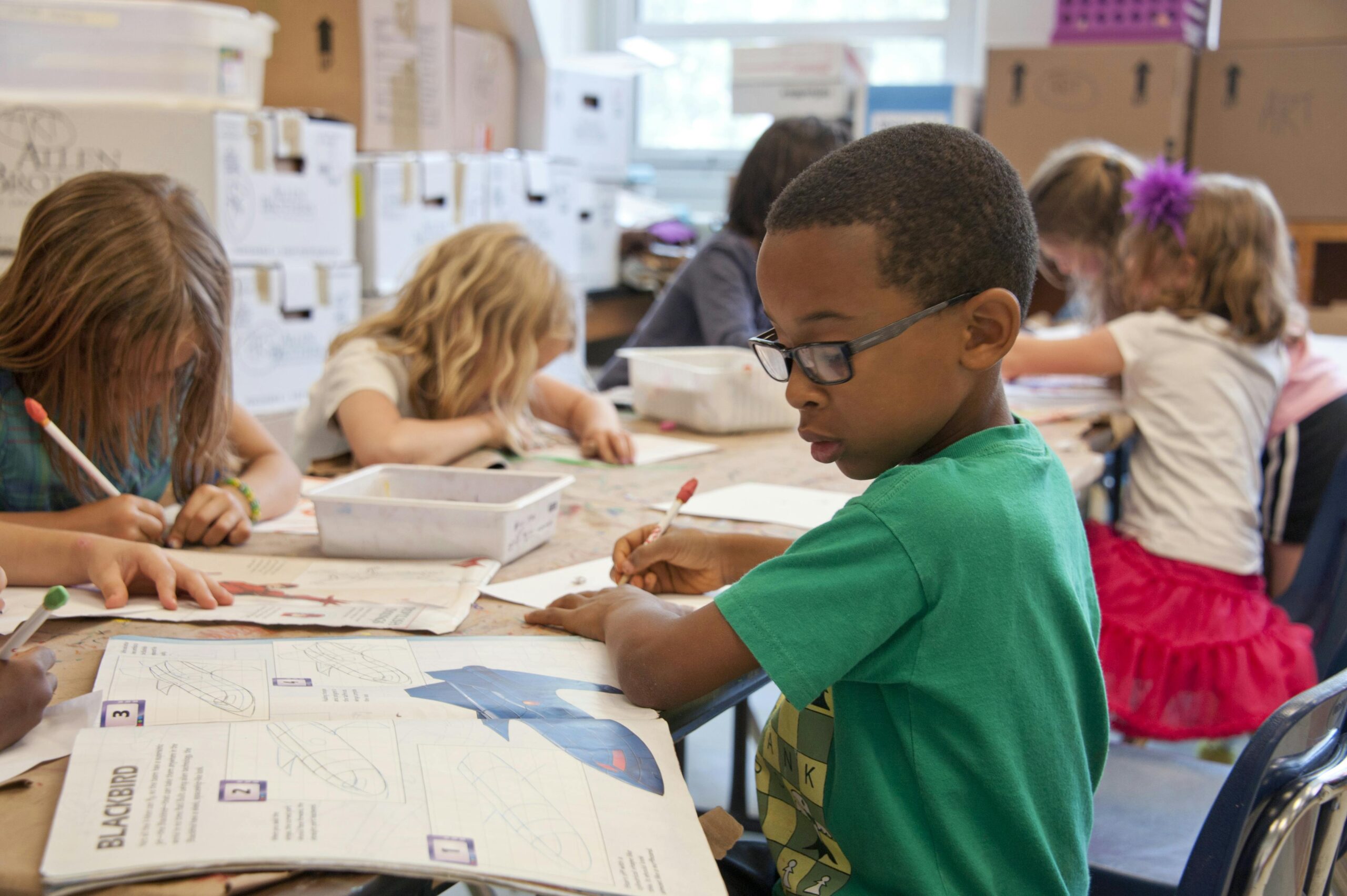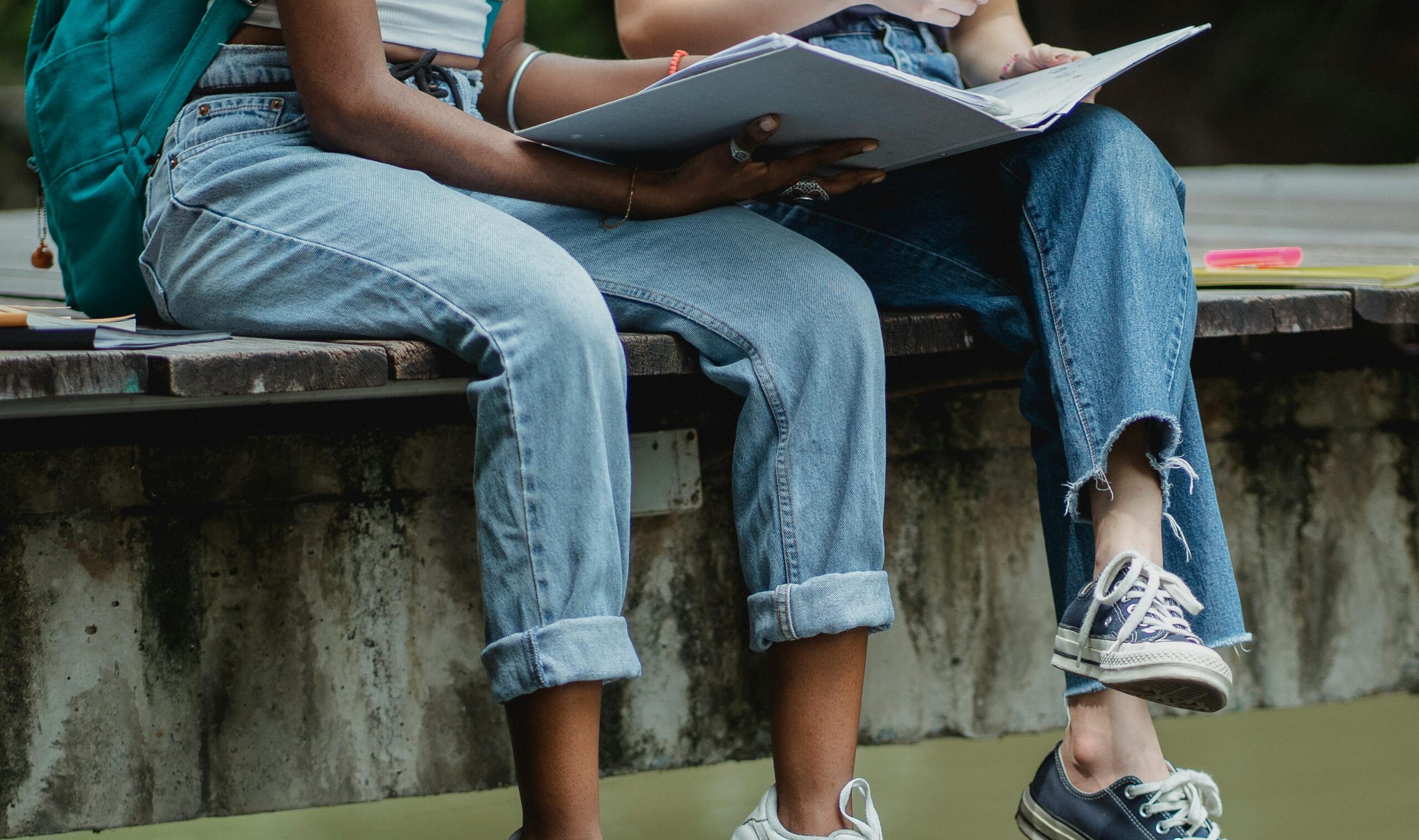Inclusive education is a fundamental approach that aims to accommodate and support the diverse learning needs of all students, regardless of their abilities, backgrounds, or challenges. In classrooms today, there is an increasing recognition of the importance of inclusivity, as students with varying learning styles, disabilities, and unique needs all deserve the opportunity to succeed. For teachers, this presents both a challenge and an exciting opportunity to cultivate a learning environment where all students feel valued and supported.
In this article, we will explore the concept of inclusive teaching and offer practical strategies for supporting students with different learning needs, from those with learning disabilities to gifted students and everyone in between.
What is Inclusive Teaching?
Inclusive teaching goes beyond simply placing students with diverse needs into general education classrooms. It involves adapting teaching methods, creating supportive learning environments, and using a range of strategies to ensure that every student can access and engage with the curriculum. Inclusive teaching recognizes that students learn in different ways and that traditional methods of instruction may not be effective for all learners.
Inclusive teaching also values diversity and aims to promote an understanding of all students’ backgrounds, experiences, and perspectives. It is rooted in the idea that every student, regardless of their learning differences, has the right to participate fully in the educational process and achieve their potential.
Why is Inclusive Teaching Important?
Inclusive teaching provides several benefits, not only for students with learning differences but also for all students. By fostering an inclusive classroom environment, teachers can:
- Promote equality and diversity: Inclusivity ensures that all students are treated fairly, have equal access to learning opportunities, and are valued for their unique qualities.
- Encourage collaboration: Students from different backgrounds and with different abilities can learn from each other, fostering empathy, teamwork, and communication skills.
- Improve academic outcomes: Research has shown that inclusive education can lead to improved academic performance and social-emotional development for all students.
- Build self-confidence: When students are provided with appropriate support and feel accepted, they are more likely to build confidence in their abilities and become more motivated to succeed.
Strategies for Supporting Students with Different Learning Needs
1. Differentiated Instruction
One of the cornerstones of inclusive teaching is differentiated instruction. This involves tailoring lessons to meet the diverse learning styles, abilities, and interests of all students. By modifying the content, process, and product of learning, teachers can ensure that each student is challenged at an appropriate level.
How to implement differentiated instruction:
- Content: Vary the material being taught. For example, provide visual aids, audiobooks, and graphic organizers for students who benefit from visual or auditory support.
- Process: Offer different ways for students to engage with the content. For instance, some students may benefit from group discussions, while others may work better independently.
- Product: Allow students to demonstrate their learning in various ways, such as through essays, projects, or oral presentations. This accommodates diverse strengths and preferences.
2. Universal Design for Learning (UDL)
Universal Design for Learning is an educational framework that emphasizes creating flexible learning environments to accommodate all learners. UDL offers a blueprint for designing curricula that provide multiple means of engagement, representation, action, and expression.
Key principles of UDL:
- Multiple means of engagement: Offer students different ways to stay engaged in the lesson. This might include hands-on activities, multimedia resources, or real-world connections.
- Multiple means of representation: Present information in various formats to accommodate different learning styles. For example, a lesson on history could be presented through a combination of a lecture, video, and interactive timeline.
- Multiple means of expression: Allow students to demonstrate what they’ve learned in different ways, whether through writing, speaking, creating, or performing.
3. Use of Assistive Technology
Technology can be a powerful tool in supporting students with learning disabilities and other needs. Assistive technology includes devices or software designed to help students overcome barriers to learning, such as reading difficulties, communication challenges, or mobility issues.
Examples of assistive technology:
- Text-to-speech software: Helps students with dyslexia or visual impairments by reading text aloud.
- Speech-to-text software: Assists students with physical disabilities or writing difficulties by allowing them to speak their responses, which are then converted into text.
- Audio books and podcasts: Provide an alternative to traditional reading for students who struggle with reading comprehension or visual processing.
- Screen readers: Allow visually impaired students to access digital content, such as websites or textbooks, through spoken descriptions.
4. Collaborative Learning and Peer Support
Creating opportunities for collaboration and peer learning can be especially beneficial for students with different learning needs. Peer interactions promote social learning, build communication skills, and encourage empathy.
How to implement collaborative learning:
- Group work: Pair students of varying abilities together for group activities that require problem-solving, creativity, or discussion. This allows students to learn from each other and offers a sense of belonging.
- Peer tutoring: Assign peer tutors to support students who may need extra help. Peer tutoring can be particularly effective in reinforcing learning, as students often find it easier to explain concepts to one another.
- Cooperative learning activities: Use cooperative learning strategies such as jigsaw puzzles or group projects, where each student contributes to the success of the group. These activities encourage teamwork and help all students feel involved.
5. Provide Clear and Consistent Expectations
For students with special needs, it is crucial to provide clear, consistent expectations regarding assignments, classroom behavior, and learning outcomes. When students know what is expected of them and how they can meet those expectations, they are more likely to succeed.
How to set clear expectations:
- Use visual schedules, charts, and written instructions to provide a clear outline of tasks.
- Break down assignments into manageable steps, offering guidance for each part of the process.
- Provide frequent feedback and reinforcement to keep students motivated and on track.
- Set individualized goals for students to ensure they are appropriately challenged without feeling overwhelmed.
6. Social-Emotional Learning (SEL)
In an inclusive classroom, it’s essential to foster a sense of community and support the social and emotional development of students. Social-emotional learning (SEL) focuses on developing skills such as self-awareness, self-regulation, empathy, and responsible decision-making.
SEL strategies for inclusive classrooms:
- Emotion check-ins: Begin the day with a quick emotional check-in to help students express how they’re feeling. This can be done through a simple show of hands, a feelings chart, or a short journal entry.
- Mindfulness practices: Introduce mindfulness exercises that help students manage stress, focus their attention, and regulate their emotions.
- Conflict resolution skills: Teach students strategies for resolving conflicts peacefully, promoting respect and understanding among peers.
7. Fostering an Inclusive Classroom Environment
The physical classroom environment plays a significant role in supporting students with different learning needs. By making the classroom space welcoming, accessible, and supportive, teachers can help all students feel safe and ready to learn.
Tips for creating an inclusive classroom environment:
- Ensure that the classroom is accessible to students with physical disabilities, with clear pathways and appropriate seating arrangements.
- Display diverse materials that represent various cultures, abilities, and experiences to reflect the inclusivity of the classroom.
- Create a safe space where students can ask for help or take a break when needed.
- Use flexible seating arrangements to accommodate students’ different learning styles, such as standing desks, floor seating, or group areas.
Conclusion
Inclusive teaching is not just about modifying lessons to accommodate diverse learners; it is about fostering an environment where all students feel supported, respected, and empowered to reach their full potential. By using strategies like differentiated instruction, assistive technology, peer support, and social-emotional learning, teachers can provide the tools and resources necessary for students with different learning needs to thrive.
As educators, creating inclusive classrooms is both a responsibility and an opportunity to make a profound impact on students’ lives. By embracing diversity and implementing inclusive teaching practices, teachers can help build a more equitable education system where every student has the chance to succeed and feel valued.




